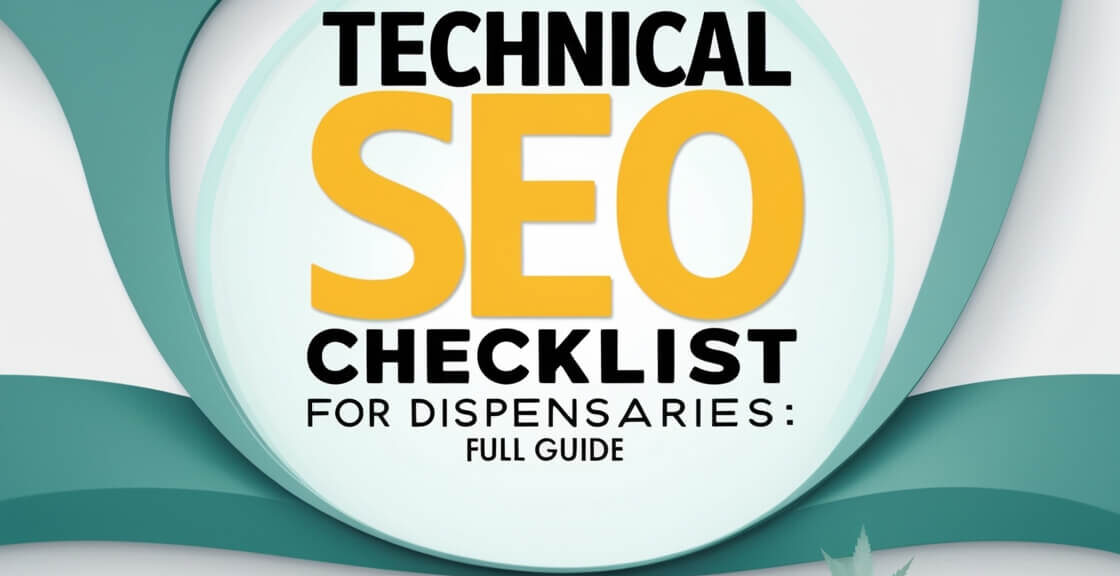Technical SEO Basics
When you’re navigating the technical SEO landscape for your cannabis dispensary website, understanding the basics is key. Let’s dive into the essentials of site speed and page experience signals.
Weed SEO Company specializes in SEO for the marijuana industry. We help marijuana & CBD businesses grow. Book a call today!
Importance of Site Speed
Site speed is a critical factor in the performance of your dispensary website. In fact, a one-second improvement in site speed can increase conversions for mobile users by up to 27% (DispenseApp).
It’s also important for SEO. Google has confirmed that page speed directly influences search rankings. This was highlighted in their “Speed Update” in July 2018, which correlates faster loading times with better organic visibility. The highest eCommerce conversion rates are seen on pages with load times between 0-2 seconds (DispenseApp).
Here’s a comparison table to understand the impact of load times:
| Page Load Time (seconds) | Conversion Rate Increase (%) |
|---|---|
| 0-2 | Highest |
| 2-3 | Moderate |
| 3+ | Low |
Improving your site speed can significantly enhance user experience and boost your search rankings. For more insights on enhancing your website’s speed, consider our comprehensive guide on local SEO for dispensaries.
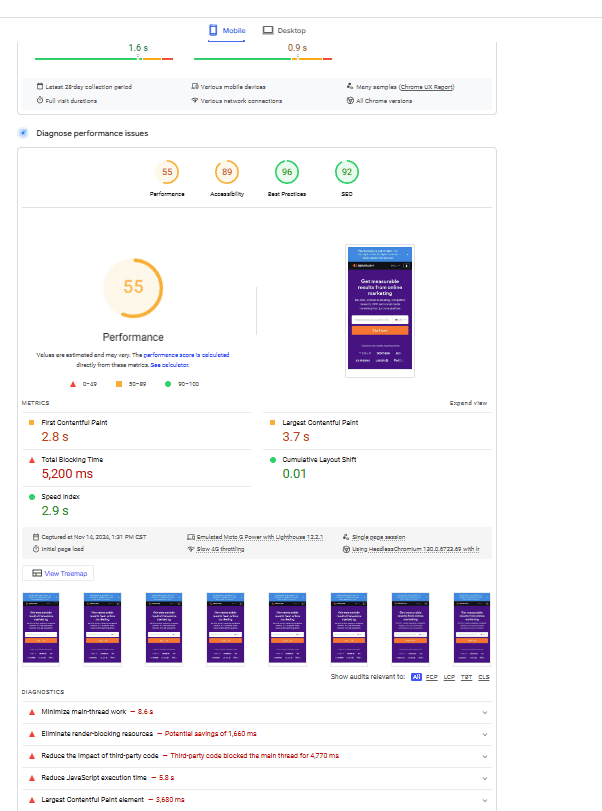
Page Experience Signals
Google’s page experience signals, updated in May 2021, incorporate Core Web Vitals to assess how users perceive the experience of interacting with a web page. These signals are crucial for your dispensary website’s visibility in organic search results (DispenseApp).
Core Web Vitals consist of three key metrics:
- Largest Contentful Paint (LCP): Measures loading performance. An ideal LCP is 2.5 seconds or faster.
- First Input Delay (FID): Measures interactivity. An optimal FID is less than 100 milliseconds.
- Cumulative Layout Shift (CLS): Measures visual stability. A good CLS is less than 0.1.
| Metric | What it Measures | Ideal Value |
|---|---|---|
| LCP | Loading Performance | ≤ 2.5s |
| FID | Interactivity | ≤ 100ms |
| CLS | Visual Stability | ≤ 0.1 |
According to Cannabis Creative, 47% of users expect a website to load in two seconds or less, underlining the importance of these metrics. Ensuring your site meets these standards will not only improve user experience but also help your site rank higher on search engines.
Check our detailed article on how to create a cannabis SEO strategy from scratch for more strategies to boost your site’s performance.
By focusing on these technical SEO basics, you can significantly improve your dispensary website’s performance and increase its visibility in search engine results. Together, these efforts lay a strong foundation for your complete technical SEO checklist for dispensary websites.
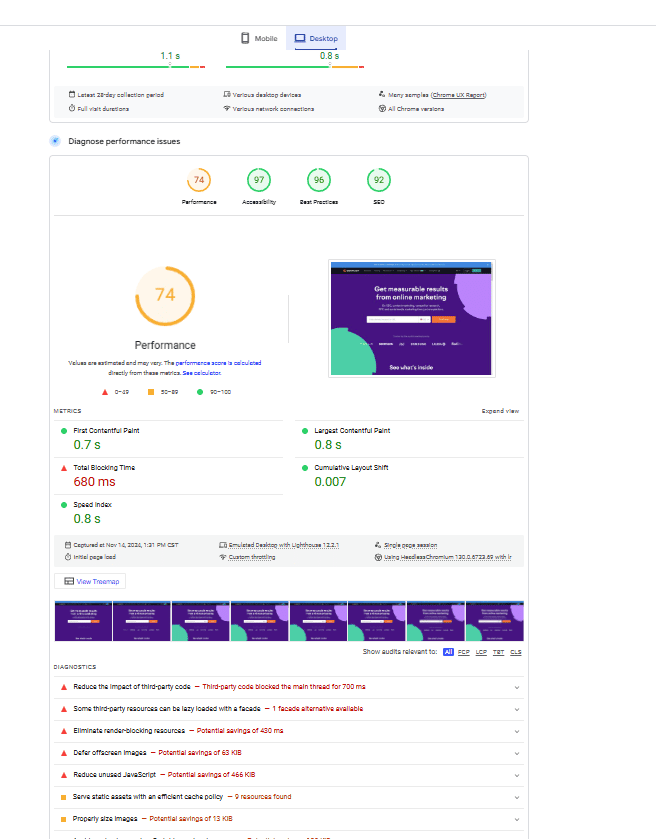
Elements of Dispensary SEO
Optimizing your dispensary’s online presence involves several key elements. Here, we’ll dive into keyword research strategies, on-page optimization tips, and the importance of mobile-friendliness.
Keyword Research Strategies
Conducting comprehensive keyword research is essential. Begin by identifying relevant keywords related to your dispensary. Look at what competitors are using and consider long-tail keywords for niche targeting (Dispense).
When performing keyword research:
- Use tools like Google Keyword Planner or SEMrush.
- Focus on keywords with higher search volume and lower competition.
- Incorporate local keywords to attract nearby customers.
| Keyword Type | Example |
|---|---|
| Broad Keyword | “cannabis dispensary” |
| Long-tail Keyword | “best cannabis dispensary in LA” |
| Local Keyword | “dispensary near me” |
For more on this, check out cannabis keyword research: finding low-competition terms.
On-Page Optimization Tips
Effective on-page SEO is crucial. Ensure your meta tags, descriptions, and structured data are optimized. Use relevant keywords strategically without keyword stuffing to improve your search engine rankings (Dispenseapp).
Consider these on-page elements:
- Title Tags: Keep them concise and include main keywords.
- Meta Descriptions: Summarize page content with an enticing call to action.
- Headings (H1, H2, H3): Use hierarchical heading tags to structure your content.
- Internal Linking: Link to relevant pages within your website.
For more on on-page SEO, visit our on-page SEO guide for dispensary websites.
Mobile-Friendliness Consideration
A mobile-friendly website is non-negotiable. Responsive design enhances user experience and boosts search rankings. Google prioritizes mobile-first indexing, meaning your site’s mobile version is considered for ranking.
To ensure mobile-friendliness:
- Use responsive design frameworks.
- Optimize images and videos for faster loading.
- Avoid intrusive pop-ups.
- Test mobile usability with Google Mobile-Friendly Test.
| Metric | Ideal Value |
|---|---|
| Page Load Time | < 3 seconds |
| Mobile PageSpeed Score | > 90 |
| Bounce Rate | < 50% |
Learn more tips in our article mobile SEO best practices for cannabis websites.
By applying these strategies, you’re well on your way to enhancing your dispensary’s online visibility. Dive deeper with our complete guide to cannabis marketing and SEO (2024).
Enhancing SEO Performance
Improving the visibility of your dispensary’s website is a crucial step in attracting more customers. To achieve this, I implement several key strategies. Here’s a technical SEO checklist for dispensary websites to guide you.
Local SEO Strategies
Building a strong local SEO presence is vital for dispensaries. You can achieve this by:
- Claiming and optimizing your Google My Business listing. This step ensures your business shows up in local searches and on Google Maps.
- Encouraging customer reviews and ratings to enhance your credibility and improve your local rankings Dispense.
- Utilizing local citations and directories to enhance your visibility in local search results.
Local SEO Checklist:
| Task | Description | Status |
|---|---|---|
| Google My Business | Claim and optimize listing | In Progress |
| Customer Reviews | Encourage and respond to reviews | Completed |
| Local Citations | List your dispensary in local directories | Pending |
For more detailed steps, check out the local SEO for dispensaries: step-by-step implementation guide.
Schema Markup Implementation
Schema markup is essential for enhancing the visibility of your dispensary website. This structured data helps search engines understand your content better, making it more accessible to users.
- Local Business Schema: Provides detailed information about your dispensary, including address, phone number, and hours of operation.
- Product Schema: Highlights the cannabis products you offer, improving visibility in product searches.
- Review Schema: Displays customer reviews and ratings, enhancing trust and click-through rates (Flying V Group).
Schema Markup Types:
| Type | Purpose | Implementation |
|---|---|---|
| Local Business Schema | Business info | Completed |
| Product Schema | Cannabis products | In Progress |
| Review Schema | Customer reviews | Pending |
For more guidance on implementing schema, visit our cannabis schema markup guide.
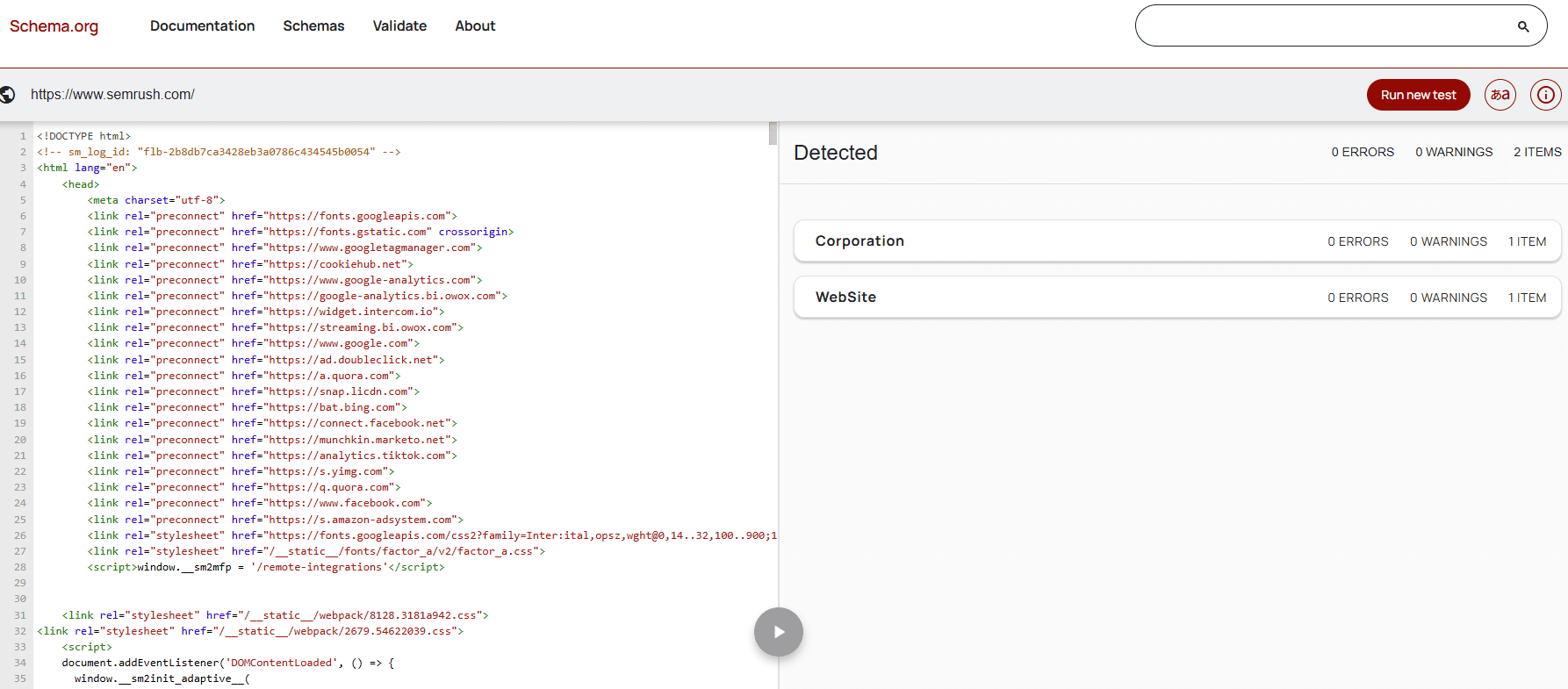
Integrating PPC with SEO
Combining PPC (Pay-Per-Click) advertising with SEO creates a powerful strategy to enhance your dispensary’s online presence. By integrating both, I harness the immediate visibility of PPC and the long-term benefits of SEO Flying V Group.
- Identify High-Performing Keywords: Use PPC data to discover keywords that drive traffic and conversions. Incorporate these keywords into your SEO strategy.
- Boost Organic Rankings: PPC ads provide immediate visibility, which can help boost organic rankings over time.
- Measure and Adjust: Continuously monitor PPC and SEO performance metrics to make informed adjustments.
PPC and SEO Integration Steps:
| Step | Description | Status |
|---|---|---|
| Keyword Research | Use PPC data for SEO strategy | Completed |
| Content Alignment | Ensure consistency in ad and organic content | In Progress |
| Performance Monitoring | Track and adjust based on results | Ongoing |
For a comprehensive approach, refer to our article on how to create a cannabis SEO strategy from scratch.
Explore more tips and strategies to enhance your dispensary’s online visibility in our complete guide to cannabis marketing and seo (2024).
Competitive SEO Strategies
In the highly competitive cannabis industry, embracing advanced SEO tactics is essential for dispensary websites aiming to stay ahead. Here, we will explore three critical competitive SEO strategies: building quality backlinks, leveraging local reviews, and prioritizing user experience.
Building Quality Backlinks
Building quality backlinks is fundamental for enhancing SEO for dispensary websites. Backlinks are crucial for search engines to discover, index websites, and grow online presence. Quality backlinks from reputable sites signal to search engines that your content is trustworthy and valuable, thus improving your ranking.
Some effective ways to gain quality backlinks include:
- Reaching out to cannabis industry blogs for guest posting opportunities.
- Engaging in local press releases and obtaining backlinks from local news sites.
- Participating in industry forums and communities to get noticed and linked by peers.
- Featuring in cannabis industry directories and review sites.
For more strategies, refer to our detailed article on link building strategies for cannabis businesses.
| Source | Type | Quality |
|---|---|---|
| Industry Blogs | Guest Posts | High |
| Local News Sites | Press Releases | High |
| Forums & Communities | Engagement | Medium |
| Industry Directories | Listings | Medium |
Leveraging Local Reviews
Leveraging local reviews is another powerful strategy. Positive reviews not only enhance your online reputation but also contribute significantly to local SEO. Search engines prioritize businesses with numerous and high-quality reviews, making it easier for potential customers in your locality to find your dispensary.
Consider encouraging satisfied customers to leave reviews on platforms such as Google My Business, Yelp, and cannabis-specific review sites. Responding to reviews, both positive and negative, showcases your commitment to customer satisfaction and can further boost your SEO efforts.
For step-by-step guidance on local SEO, check out our guide on local seo for dispensaries: step-by-step implementation guide.
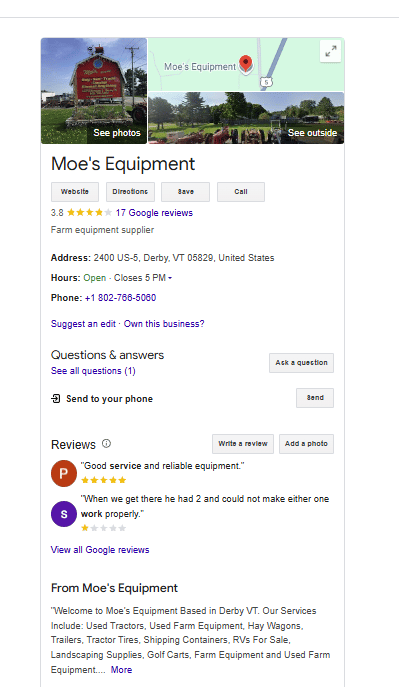
Prioritizing User Experience
Prioritizing user experience (UX) is crucial for maintaining a competitive edge. A seamless, user-friendly website not only increases customer satisfaction but also positively impacts your ranking on search engine results pages (SERPs). Key aspects of UX include website speed, mobile-friendliness, and intuitive navigation.
- Website Speed: Ensure your website loads quickly. Tools like Google PageSpeed Insights can help identify areas for improvement.
- Mobile-Friendliness: As many users access websites via mobile devices, it’s essential to have a mobile-responsive design. Learn more about mobile SEO practices with our article on mobile seo best practices for cannabis websites.
- Intuitive Navigation: A well-structured website makes it easy for users to find information. Utilize clear menus, and make sure that internal links lead seamlessly to related content, enhancing overall navigation. Explore more in our article on on-page seo guide for dispensary websites.
For further insights on enhancing user experience, refer to our comprehensive cannabis seo ranking factors: what really matters in 2024.
By strategically implementing these competitive SEO strategies, your dispensary website can achieve higher visibility and attract more organic traffic, ensuring long-term success in the cannabis industry.
Advanced SEO Tactics
In this section, I’ll cover some advanced SEO tactics that can help you optimize your dispensary website and boost your search engine rankings. These tactics include optimizing meta tags, anchor text optimization, and building high-quality backlinks.
Optimizing Meta Tags
Optimizing meta tags is a critical aspect of the technical seo checklist for dispensary websites. Meta tags, such as the meta title and meta description, provide search engines with information about your webpage content. Here’s how I optimize them:
- Title Tag: Make sure it includes primary keywords, is between 50-60 characters, and is unique for every page.
- Meta Description: It should be compelling, contain relevant keywords, and be around 150-160 characters long.
For instance:
| Meta Element | Recommended Length | Content Focus |
|---|---|---|
| Title Tag | 50-60 characters | Primary keywords |
| Meta Description | 150-160 characters | Relevant keywords, compelling call-to-action |
This ensures that my dispensary website ranks higher on search engine results pages (SERPs). For more on this, check the on-page seo guide for dispensary websites.
Anchor Text Optimization
Effective utilization of anchor text is vital for directing readers to relevant pages, enhancing user experience, and improving site navigation. Clicta Digital emphasizes the importance of varying anchor texts to avoid penalties and enhance relevancy. Here are some types I use:
- Exact Match: Contains the exact keywords (e.g., “best dispensary SEO practices”).
- Partial Match: Includes the target keywords (e.g., “SEO tips for dispensaries”).
- Branded: Uses the brand name (e.g., “Cannabis Co. SEO”).
- Generic: General calls-to-action (e.g., “click here”, “read more”).
I ensure each type is used naturally within my content, providing a balanced approach to signal relevance without over-optimization. For more on this topic, visit how to create a cannabis seo strategy from scratch.
Backlink Building Techniques
Building high-quality backlinks is fundamental for enhancing SEO for dispensaries. They are crucial for search engines to discover, index websites, and grow their online presence (Clicta Digital). Here are some methods I’ve found effective:
- Guest Blogging: Contributing to industry-related blogs and including a backlink to my site.
- Local Directories: Listing my dispensary in local directories and cannabis-specific platforms.
- Influencer Collaborations: Partnering with cannabis influencers to create content that links back to my site.
Backlink Sources
| Source Type | Difficulty | Effectiveness |
|---|---|---|
| Guest Blogging | Medium | High |
| Local Directories | Low | Medium |
| Influencer Collaborations | High | High |
For detailed strategies, refer to the link building strategies for cannabis businesses.
By implementing these advanced SEO tactics, I ensure that my dispensary website remains competitive in search engine rankings, attracting more potential customers. For a broader understanding, check out the complete guide to cannabis marketing and seo (2024).
URL Structure Optimization
When optimizing a dispensary website for search engines, don’t overlook the importance of a well-constructed URL structure. Here’s a breakdown of crucial elements to consider in the URL optimization process.
Significance of URL Domain
Your URL domain is a vital part of your site’s branding and can impact both search engine optimization (SEO) and user perception. An effective URL domain is short, memorable, and relevant to your business. For example, choosing a domain that includes core keywords like “cannabis” or “dispensary” can resonate with both search engines and users (Dispensary-Growth).
Consider the following characteristics for an ideal URL domain:
- Relevance: It should clearly represent the business or content.
- Simplicity: Shorter domains are easier to type and remember.
- Keywords: Including important keywords can aid in search engine correlation.

Importance of Proper URL Structure
A properly structured URL enhances both user experience and SEO performance. An organized URL structure helps visitors navigate your website and understand its content, while allowing search engine bots to crawl and index your site more effectively.
Key considerations include:
- Readability: URLs should be easy to read and interpret.
- Use of Hyphens: Separate words with hyphens (“-“) rather than underscores (“_”).
- Hierarchy: Reflect the site’s structure, making it intuitive (Dispensary-Growth).
Check the example below:
Good URL Structure:
https://example.com/cannabis-products/hybrid-strains
Poor URL Structure:
https://example.com/p=3242&category=2

Strategic URL Optimization
Optimize your URLs strategically to enhance SEO effectiveness:
- Use Keywords: Incorporate primary keywords related to your page content.
- Avoid Unnecessary Parameters: Minimize the use of long query strings.
- Keep It Short: Adhere to Google’s recommendation of keeping URL length under 1000 characters for clarity (Dispensary-Growth).
- Consistency: Maintain a consistent format across all URLs.
- Canonicalization: Use canonical tags to prevent duplicate content issues.
| Feature | Explanation | Example |
|---|---|---|
| Keywords | Relevant keywords in URL | /cannabis-products/sativa-strains |
| Simplicity | Short and concise URL | /blog/dispensary-tips |
| Hierarchy | Indicates page structure | /about-us/team |
By constructing a thoughtful and strategic URL, you position your dispensary website for better visibility in search results. For more on creating an effective cannabis SEO strategy, see our guide on how to create a cannabis seo strategy from scratch. For boosting local search, explore our local seo for dispensaries: step-by-step implementation guide.
